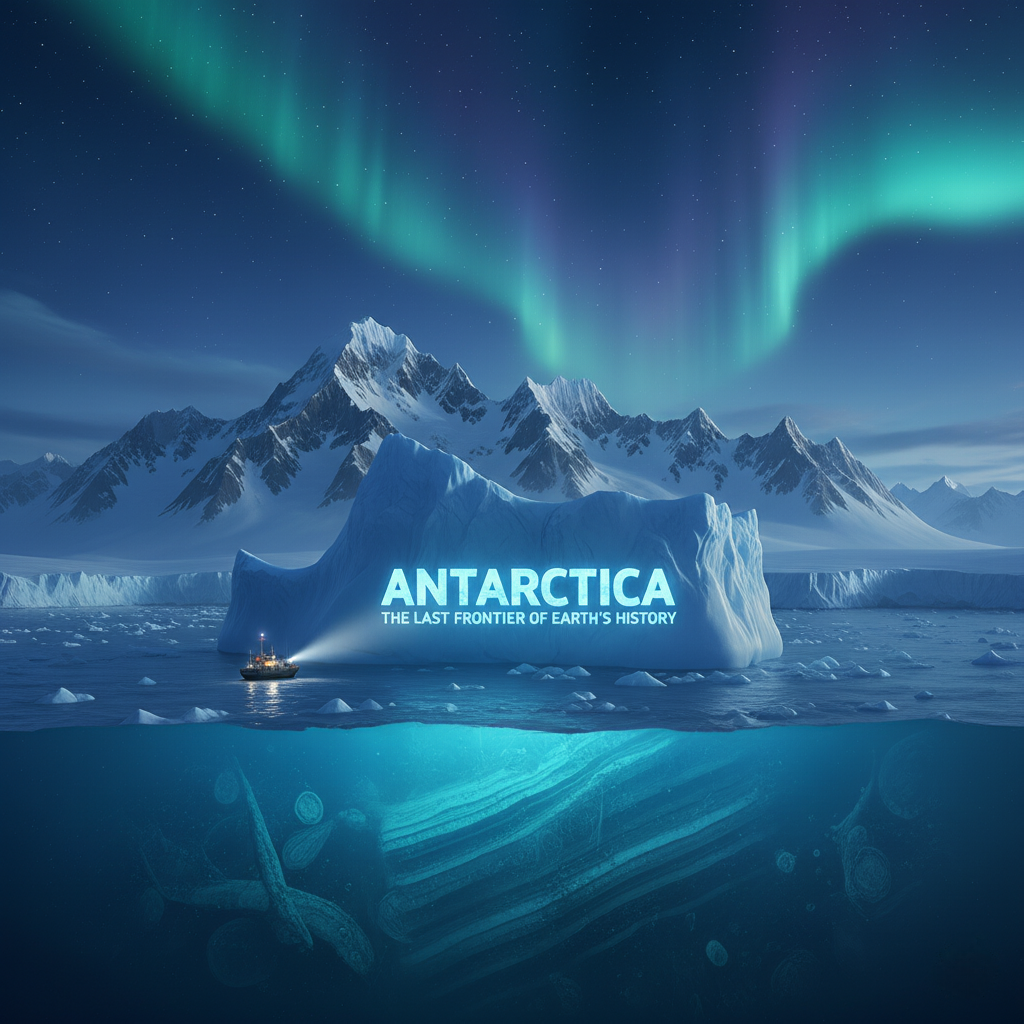Antarctica remains the coldest, driest, and most isolated continent on the planet. It serves as a key emblem for human curiosity along with endurance over time. Under layers of ice that seem to go on forever, a deep history unfolds, one that reaches back hundreds of millions of years. That history covers moving continents, bold explorations, and key scientific insights, all of which still influence how experts view Earths overall story.
A Land Before Ice.
Evidence points to Antarctica joining a huge supercontinent known as Gondwana more than five hundred million years in the past. At that time, the area featured thick forests and plenty of living creatures. Fossils of tree trunks and fern leaves, buried far below the ice, indicate a once warm and wet climate there. About one hundred eighty million years ago, Gondwana started to split up. Antarctica then shifted gradually toward the South Pole. With that movement, temperatures dropped sharply. Glaciers grew larger, turning the land into the frozen desert seen today.
The Age of Exploration.
For many centuries, Antarctica existed mainly as a legend, something like the imagined Terra Australis from old Greek thinkers. Real sightings did not happen until the start of the nineteenth century. In eighteen twenty, expeditions from Russia under Fabian Gottlieb von Bellingshausen, from Britain with Edward Bransfield, and from the United States led by Nathaniel Palmer all reported views of the continent, and these came just days apart. From there, efforts to map this unknown place picked up speed.
In the following century, adventurers pushed hard to reveal what lay hidden in Antarctica, often at great personal risk. The early twentieth century earned the label of the Heroic Age of Antarctic Exploration. Figures such as Ernest Shackleton, Robert Falcon Scott, and Roald Amundsen defined that period. Amundsen reached the South Pole first in nineteen eleven, just ahead of Scotts British team, which ended in tragedy as its members died on the way back. Shackletons voyage in nineteen fourteen failed to cross the continent. Still, it turned into an epic tale of survival. His ship Endurance got stuck in ice and then crushed.
Science Takes the Stage.
Once the Heroic Age wrapped up, attention turned more toward science in Antarctica. By the middle of the twentieth century, countries viewed the place less as an explorers test and more as a site for research on climate, rocks, and living systems. The International Geophysical Year from nineteen fifty seven to nineteen fifty eight brought scientists from twelve nations. They set up over fifty stations. This effort launched real teamwork across borders on the continent.
That cooperative approach resulted in a major pact, the Antarctic Treaty of nineteen fifty nine. The agreement states that Antarctica must serve peaceful aims alone. It forbids military actions and nuclear tests. At the same time, it encourages studies in science and care for the environment. Now, more than fifty nations join in the treaty. This keeps Antarctica focused on shared goals instead of disputes.
Modern Discoveries and Challenges.
Advances in tools have uncovered striking details about the continent lately. Under the heavy ice cover, tall mountains hide, along with big lakes beneath the surface and old microbes locked away for millions of years. Experts pull ice cores to examine weather patterns from almost one million years ago. Such data offers clues on how human activities impact the world now.
Yet the areas delicate setup confronts serious risks from climate shifts. Higher temperatures speed up glacier melting. This adds to rising seas around the globe. Events like the Larsen B ice shelf breaking apart in two thousand two highlight dangers if the warming trend persists.
A Continent of the Future.
No permanent residents call Antarctica home. Its path ahead touches every person on Earth though. The place acts as a record of the worlds ancient times and a gauge for what comes next. As researchers keep digging into its mysteries, Antarctica highlights how small humans seem against natures vast timeline. It also stresses the need to safeguard such spaces.
In times when divisions grow sharper worldwide, Antarctica offers a clear example of togetherness. This icy expanse claims no single country. It belongs to everyone in shared humanity.


